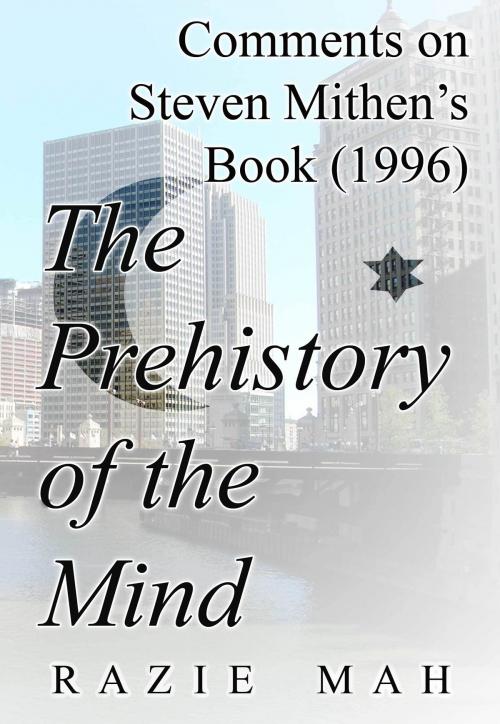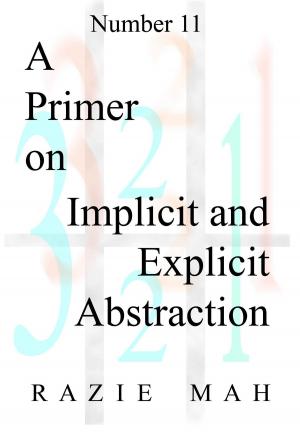Comments on Steven Mithen's Book (1996) The Prehistory of The Mind
Nonfiction, Reference & Language, Education & Teaching, Study Skills, Science & Nature, Science, Biological Sciences, Evolution| Author: | Razie Mah | ISBN: | 9781942824411 |
| Publisher: | Razie Mah | Publication: | February 3, 2018 |
| Imprint: | Smashwords Edition | Language: | English |
| Author: | Razie Mah |
| ISBN: | 9781942824411 |
| Publisher: | Razie Mah |
| Publication: | February 3, 2018 |
| Imprint: | Smashwords Edition |
| Language: | English |
Over twenty years ago, Steven Mithen, a British archaeologist, published one of the most eloquently written books on human evolution. The Prehistory of The Mind (1996) frames the past six million years with two evocative analogies. The first is a play in four acts. The second is the evolution of church architecture in the West.
These powerful metaphors do not explain human evolution. They re-describe it, bringing to the fore the character of the evidence as well as the cognition that goes with the evidence. The first two acts describe the evolution of primate general intelligence leading to a turn toward specialized cognition. The third act describes the evolution of the "Romanesque" mind of Homo erectus. Here, specialized intelligences come to the fore.
The fourth act describes a breakdown of the walls of the separate "chapels" of specialized intelligence, forming the "Gothic" mind of anatomically modern humans. General intelligence was transformed, perhaps through language, into an open space for meta-representation. Mithen calls the result: cognitive fluidity.
The Middle to Upper Paleolithic transition exemplifies cognitive fluidity. Tools fit the job. Religion is everywhere. The art is beautiful.
These comments add one ingredient to Mithen's argument. They present the human niche. The cognitive adaptations of the hominins exploit the human niche. Thus, Mithen's re-depiction of human evolution finds footing in biology. His metaphors are rich. Now, they carry more than they did before.
Over twenty years ago, Steven Mithen, a British archaeologist, published one of the most eloquently written books on human evolution. The Prehistory of The Mind (1996) frames the past six million years with two evocative analogies. The first is a play in four acts. The second is the evolution of church architecture in the West.
These powerful metaphors do not explain human evolution. They re-describe it, bringing to the fore the character of the evidence as well as the cognition that goes with the evidence. The first two acts describe the evolution of primate general intelligence leading to a turn toward specialized cognition. The third act describes the evolution of the "Romanesque" mind of Homo erectus. Here, specialized intelligences come to the fore.
The fourth act describes a breakdown of the walls of the separate "chapels" of specialized intelligence, forming the "Gothic" mind of anatomically modern humans. General intelligence was transformed, perhaps through language, into an open space for meta-representation. Mithen calls the result: cognitive fluidity.
The Middle to Upper Paleolithic transition exemplifies cognitive fluidity. Tools fit the job. Religion is everywhere. The art is beautiful.
These comments add one ingredient to Mithen's argument. They present the human niche. The cognitive adaptations of the hominins exploit the human niche. Thus, Mithen's re-depiction of human evolution finds footing in biology. His metaphors are rich. Now, they carry more than they did before.















